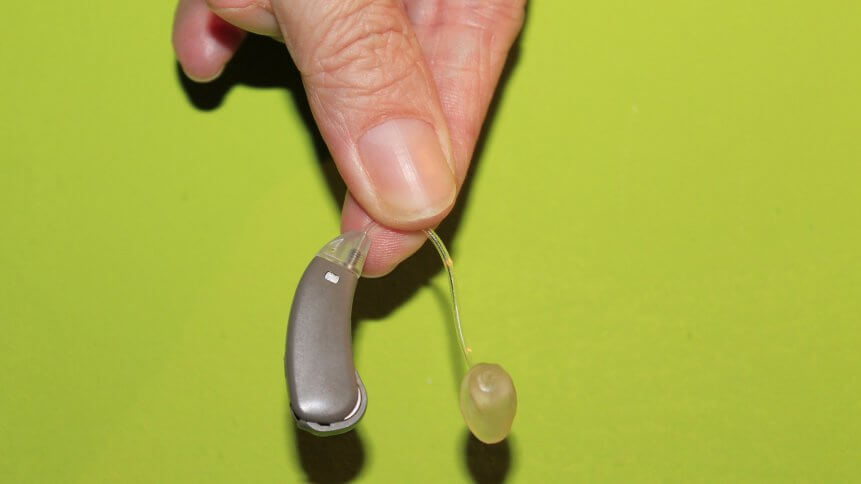Listen up – Machine learning is revolutionizing hearing loss

- Most hearing aid tech on the market has not changed for decades, but now machine learning is being leveraged at a level of detail previously not thought possible
As machine learning (ML) integrates itself into almost every industry – from automotive and healthcare to banking and manufacturing- the most exciting advancements look as if they are still yet to come. Machine learning as a subset of artificial intelligence (AI) have been among the most significant technological developments in recent history, with few fields possessing the same amount of potential to disrupt a wide range of industries.
And while many applications of ML technology go unseen, there are countless ways companies are harnessing its power in new and intriguing applications. That said, ML’s revolutionary impact is most poised perhaps when put to use for age-old problems.
AI-powered hearing aids
Hearing loss is not a new condition by any means, and people have suffered from it for centuries. The first electric hearing aid was designed in 1898 by Miller Reese Hutchison, with the first commercially manufactured hearing aids introduced in 1913. With an estimated 48 million Americans experiencing some sort of hearing loss, hearing aids can be a lifeline for many who struggle with the quality of their hearing.
And while it may seem hard to believe, today’s most predominant hearing aids on the market can be painful to wear having been designed 50-100 years ago. In response to a stagnant area of development, ML is being leveraged with deep learning and advanced signal processing techniques at a level of detail previously impossible.
Through the application of software-based solutions, ML algorithms can power hearing aids to detect, predict, and suppress unwanted background noise. Neural network models take structured and unstructured data and augment it with other data sets relating to the spectrum of age, language, and voice types. The data is then refined by being fed into neural network training, which begins a process of ongoing product improvement.
In an interview with Forbes, Andre Esteva, Head of Medical AI at Salesforce says that the limits of traditional approaches have been emphasized by the manual processes involved in acquiring data to mold it into a usable format, before preparing basic algorithms to be deployed to devices. ML training protocols, on the other hand, Esteva says, automatically processes data before updating themselves to redeploy.
“The effect is a significant reduction in product feedback cycles and an increase in the range of capabilities available. The beauty of this approach is that the underlying intelligence improves over time as the neural nets go through iterative training,” added Esteva.
YOU MIGHT LIKE

Can machine learning take over the role of investors?
Promising buzz
As of today, there are several companies providing AI-powered hearing aids. The most recent being Whisper, a startup that has recently obtained funds of around US$50 million as they prepare to go to production on their first product. The AI-powered hearing aids from Whisper self-tune over time, and continually improve with AI for better performance.
Elsewhere, MicroTech claims its Essentia Edge product scans environments to make changes to boost speech intelligibility, while Widex’s Evoke hearing aids combine real-time input with previously learned sounds from users and millions of other listening domains. The goal of introducing machine learning technologies in healthcare is to enhance the experience of patients and users. As intelligent innovative solutions continue to emerge in a field full of noise, the buzz around revolutionary tech seems to only get louder.









